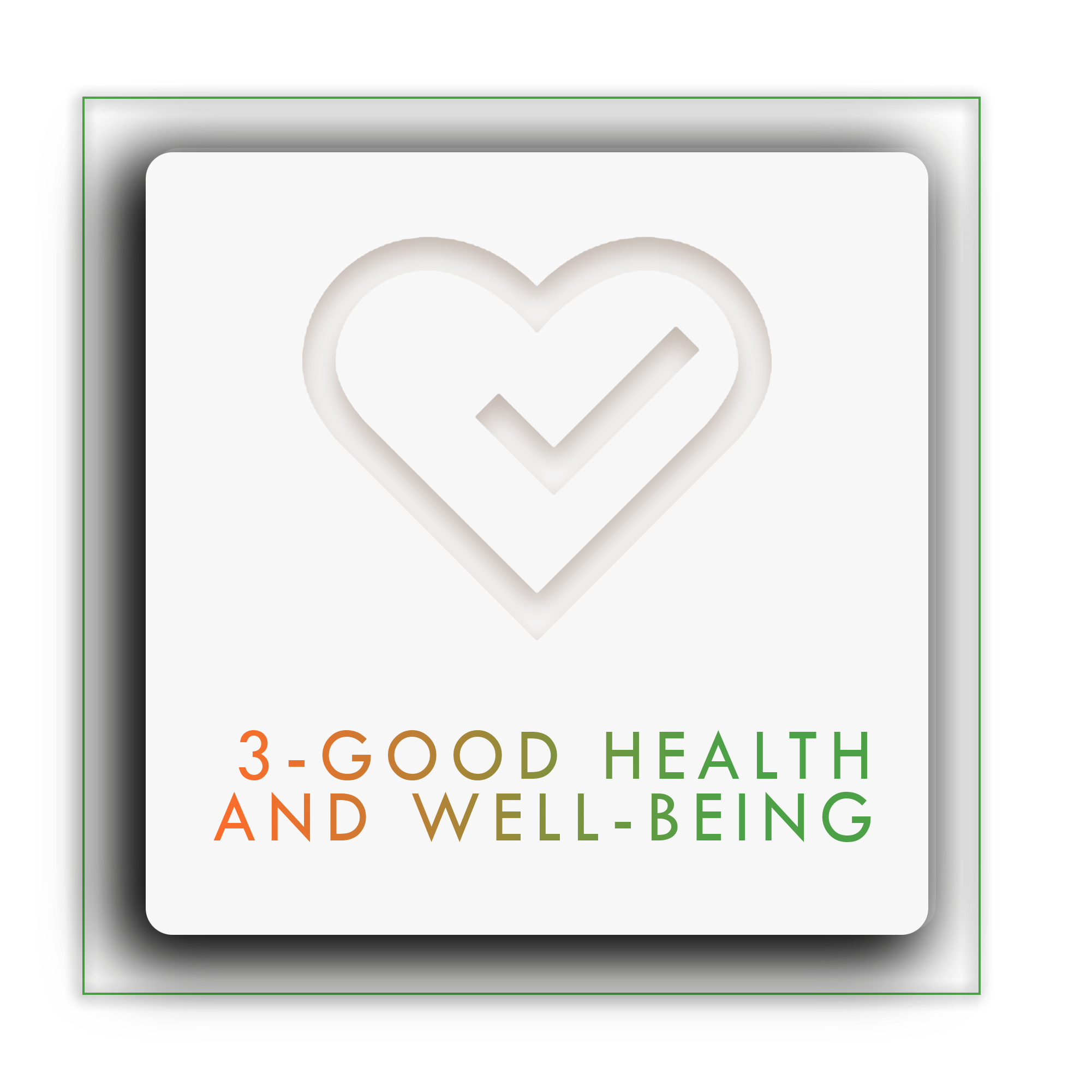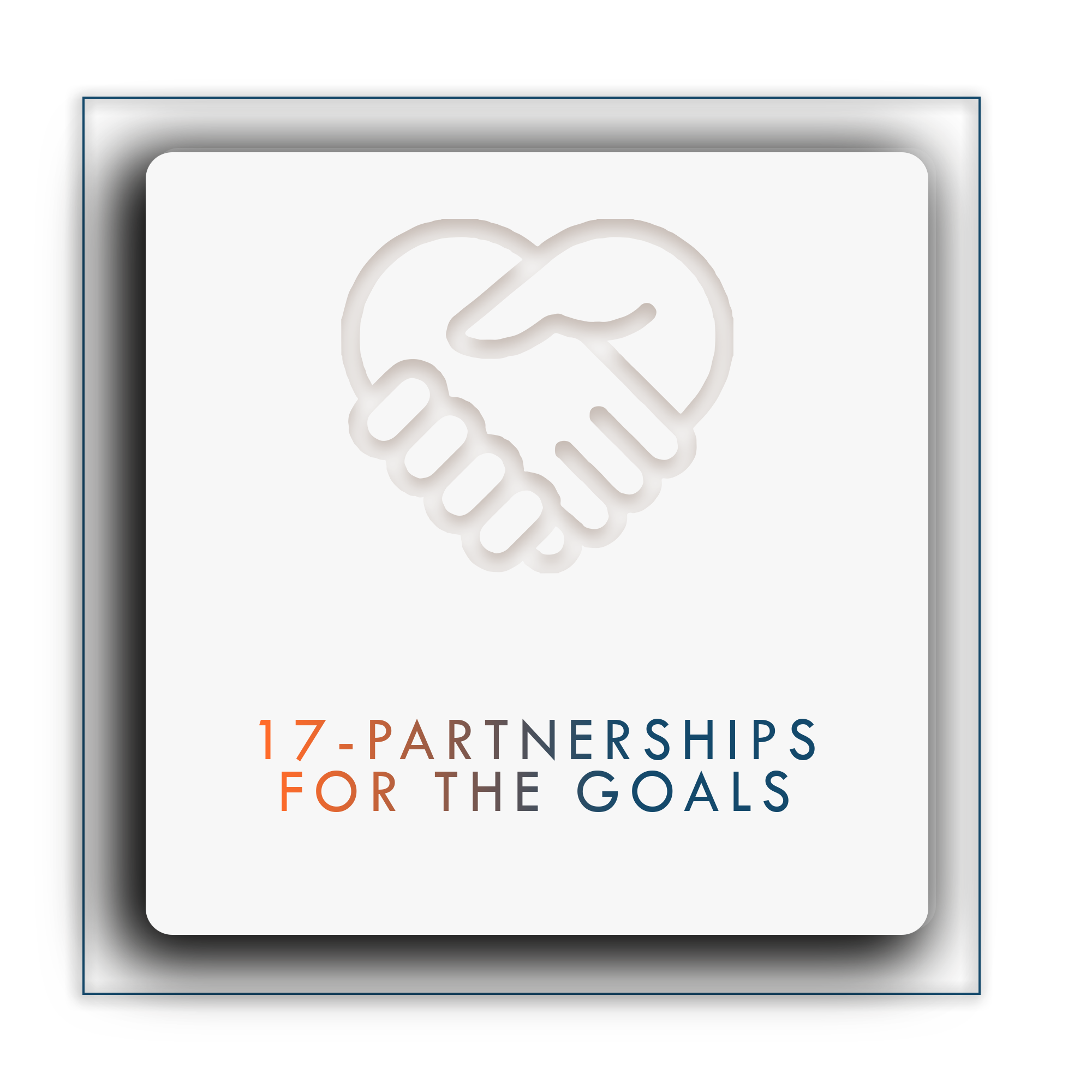Achievement Unlocked : RWI Synthetic Modeller, Masoud B Bigdeli, gets certified by IBM
At RUNWITHIT our culture encourages active learning and professional development to improve aspects of work that are relevant and specific to each employees’ professional knowledge, skills and effective working practices. It is important to celebrate everyone’s achievements and successes. We would like to congratulate Masoud Bozorg Bigdeli on completing the “Data Science Professional Certificate” by IBM.
Masoud began his journey at RWI in September 2019, where he found his niche in the Research and Design of Synthetic Intelligence Models. Academically, he has a background in Mechanical Engineering from the University of Alberta and is highly experienced in modelling complex systems and developing predictions based on data study and research. Masoud has been a critical component to our team since his arrival and has actively continued to develop his professional toolset. Below is a summary of the capstone project that earned him the certification called, “COVID-19 Cases in the City of Toronto Neighbourhoods”:
As COVID-19 has become a part of everyday life, researchers have called for a more focused testing strategy that would allow more efficient use of our resources. To furnish this call for a more focused testing strategy Masoud studied the spreading pattern of COVID-19 at a greater level of granularity. Instead of focusing on total cases in states and provinces, he investigated COVID-19 case counts neighbourhood by neighbourhood within the city of Toronto.
Masoud established a set of parameters that could affect the number of COVID-19 cases in each neighbourhood. These parameters included: total population, number of low income families, size of working population and the venue types in each neighbourhood.
In order to inform the above parameters, the following sources were used: the City of Toronto’s Municipality data, the Nominatim Geolocation Service through the GeoPy Library in Python, the Wellbeing Toronto application and the Foursquare Venues database. The geolocation data was then merged with the demographic and venue datasets, making it possible to analyze the effect of the different demographic parameters on the COVID-19 case count per neighbourhood.
The results were as follows:
COVID-19 case counts increase with the total population in each neighbourhood.
The distribution of COVID-19 cases is higher among the age group between 20-59 years old, which is the age range considered as the working population.
COVID-19 deaths increase exponentially with age. The highest number of deaths occur in the age groups of 60-90+.
Cases are higher in neighbourhoods with more low income families.
The number of venues in each neighbourhood did not show a relationship with the number of case counts. However, coffee shops and fast food restaurants were found to correspond to neighbourhoods with a high number of venues and case counts.
From Masoud’s data analysis it can be observed that the number of COVID-19 cases in a neighbourhood can be related to the neighbourhood's population, number of low income families, number of seniors and size of the working population, as well as the venues throughout each neighbourhood. A more efficient and effective strategy to control the outbreak is possible if decision makers account for these parameters, along with the other variables they are tracking day to day. Different decisions are required for neighbourhoods with a higher number of senior residents than a neighbourhood with a higher population of working individuals. Furthermore, neighbourhoods with a higher number of coffee and restaurant venues require different decisions than a neighbourhood with a high number of parks and recreation facilities.
COVID-19 continues to progress and recently we have seen a spike in positive cases that will most likely result in a second wave. Masoud’s research highlights important data science we could be using to inform case management and policies in our country, province and municipalities.
RUNWITHIT is actively working to contribute to the United Nations Sustainable Development Goals (SDG’s). This project has contributed to the following SDG’s:




